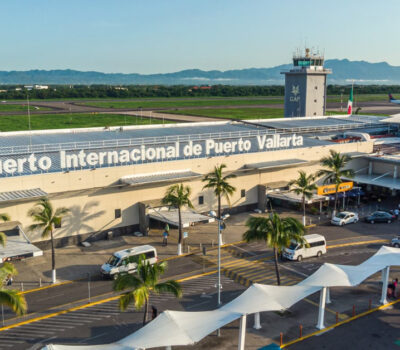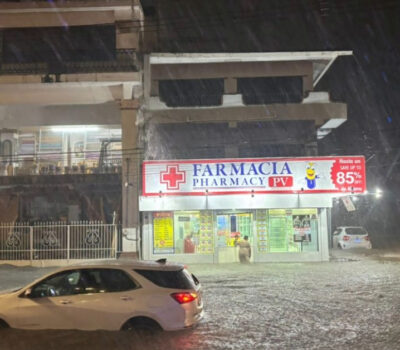Puerto Vallarta (PVDN) – As the hot season begins in Jalisco, 122 out of 125 municipalities in the state are experiencing moderate to severe drought due to lack of rainfall and runoff.
According to the Drought Monitor of the National Water Commission, coastal municipalities including Puerto Vallarta are also facing moderate drought.
The latest report indicates that only 25.42 percent of Mexico is not affected by extreme temperatures and dry conditions, which are expected to worsen in the coming months.
As of March 15, the report shows that 23.50 percent of the country is experiencing abnormally dry conditions (D0), 28.42 percent with moderate drought (D1), 20.84 percent with severe drought (D2), 1.82 percent with extreme drought (D3), and 0.0 percent with exceptional drought.
An anticyclonic system at medium levels has resulted in warmer-than-usual temperatures in many parts of the country. Moderate to extreme drought conditions (D1 to D3) persist in the South Pacific and central regions, while these categories have increased in the north, northeast, and west. As of March 15, the area with moderate to extreme drought at the national level was 51.08 percent, which is slightly higher than the level registered on February 28 of the same year.
In Jalisco State, all municipalities are affected by drought, with 7.8 percent experiencing abnormally dry conditions, 59.4 percent facing moderate drought (including Puerto Vallarta and its region), and 32.8 percent classified as severe drought.
On Monday, there was a slight decrease in temperature in the bay area due to a jet that affected the west and other regions of the country.
Drought can have a significant impact on towns and communities in several ways. Here are some of the most common effects of drought on towns:
- Water shortage: One of the most obvious and immediate effects of drought is a shortage of water. Droughts can cause lakes, rivers, and other water sources to dry up, leaving towns and communities without access to clean and safe drinking water. This can lead to a range of health problems, including dehydration, heat stroke, and the spread of water-borne diseases.
- Crop failure: Droughts can also have a significant impact on agriculture, leading to crop failure and reduced yields. This can result in food shortages and higher prices for basic necessities such as grains, vegetables, and fruits. For many communities that rely on agriculture for their livelihoods, this can be a devastating blow.
- Economic impact: Droughts can have a significant economic impact on towns and communities, particularly those that rely on tourism or outdoor recreation. With less water available for activities such as swimming, boating, and fishing, tourists may be less likely to visit, leading to a decline in revenue for local businesses.
- Increased wildfire risk: Droughts can increase the risk of wildfires, particularly in areas with dry vegetation and strong winds. These fires can be extremely destructive, causing damage to homes and other structures, and putting lives at risk.
- Migration and displacement: In severe cases, droughts can force people to leave their homes and migrate to other areas in search of food, water, and work. This can lead to displacement, social unrest, and economic instability, particularly in developing countries with limited resources and infrastructure.
Overall, drought can have far-reaching and long-lasting effects on towns and communities, particularly those that are already vulnerable due to poverty, lack of infrastructure, or political instability.
Puerto Vallarta (PVDN) - According to the Drought Monitor of the National Water Commission, coastal municipalities including Puerto Vallarta are also facing moderate drought . . .












